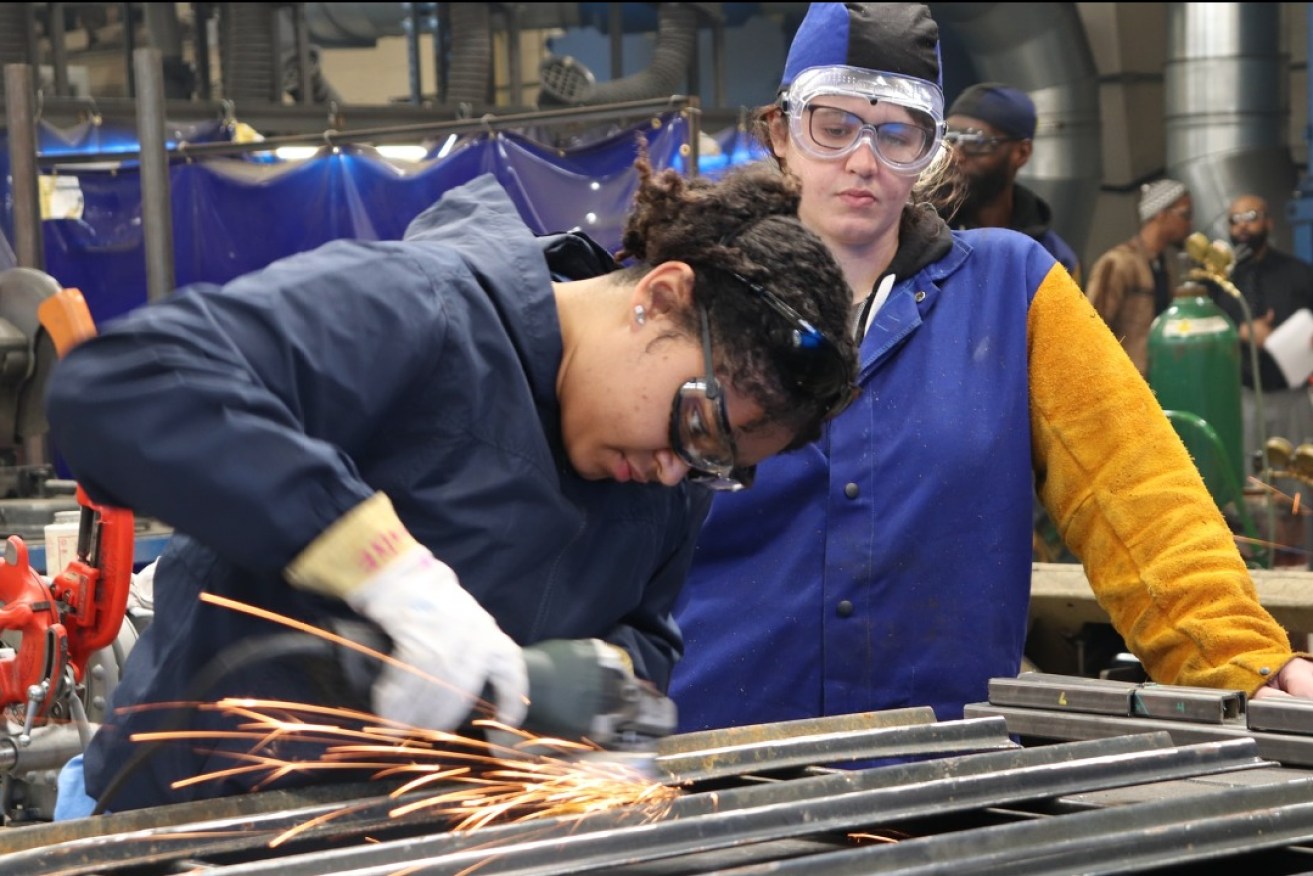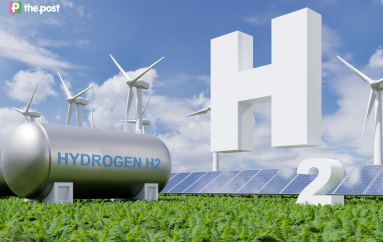City v country jobs divide reveals skilled migrant shortage
South Australia’s latest regional employment stats show a huge divide in jobless rates that widens the further a person lives from the centre of Adelaide.


The state’s unemployment rate fell by 0.3 per cent in June to 4.3 per cent and is still the equal highest in the nation, according to the latest seasonally adjusted data released by the Australian Bureau of Statistics.
But a closer look at regional data shows a trend that is exposing the state’s ongoing skills shortages.
The two closest statistical areas to the Adelaide CBD – Adelaide West and Adelaide Central and Hills – have unemployment rates of just 2.7 per cent and 2.8 per cent while the state’s two most remote regions – Outback and Barossa, Yorke Peninsula and Mid North have jobless rates above 7 per cent.
Participation rates, the percentage of people either in work or looking for it, is also generally higher in inner-city regions.
SA Centre for Economic Studies Associate Professor Michael O’Neil said the lopsided employment figures revealed the impact of a sharp fall in skilled migrants coming to the state since the onset of the COVID-19 pandemic.
South Australia’s net overseas migration from April 2020 to December 2021 was -2206.
However, more than 16,000 overseas migrants came to SA pre-pandemic in 2019.
O’Neil said the majority of skilled migrants settled close to the CBD, where many of them worked.
He said the lower unemployment rate in the city’s eastern and western suburbs was mainly due to that cut-off of international migration.
“When you look at South Australia’s births and deaths it’s a flat line, net interstate migration is negligible at the moment and over time the population has grown because of net overseas migration.
“The component of that is two-fold, semi-skilled workers in aged care and construction and then there’s the skilled component that we need.”
“When the migration comes back, South Australia has got to look to do two things.
“One is targeting those higher skilled migrants and the other is trying to retain more international students when they finish their degrees.”
Before the pandemic, South Australia traditionally lost 4000-5000 people to net interstate migration every year.
This 30-year trend flipped during the pandemic, resulting in a net gain of 1529 people from interstate between April 2020 and December 2021.
However, O’Neil said this would likely revert to pre-pandemic levels, placing further pressure on skill levels.
“The employment opportunities in Sydney and Melbourne are much stronger historically and I can’t see any reason why that wouldn’t continue to be the case,” he said.
While Adelaide’s eastern suburbs has traditionally had the lowest unemployment rate in the state, the rise of employment in the western suburbs to take the mantle is somewhat of a surprise.
“There’s a lot more employment down the Port now and it’s still picking up,” O’Neil said.
“Renewal SA have put a tremendous amount of work into small shops and making sure nothing is vacant.
“And people are choosing to live down there because there are more employment opportunities.”
Just days before being elected in March, the now State Government announced it would revive plans from the Weatherill government to build a 1km spur line and station running off the Outer Harbor line to connect the Port Adelaide city centre to the CBD.
The one country region performing strongly in the stats is the South East region, which includes many large regional centres such as Mount Gambier and Murray Bridge as well as areas close to Adelaide such as the Fleurieu Peninsula.
The region has an unemployment rate of 3.7 per cent and just 2.4 per cent among males.
However, the participation rate is quite low at 58.4 per cent.
O’Neil said the older population in areas south of Adelaide such as Victor Harbor and Goolwa was less likely to be in the workforce but generated more jobs around them through healthcare, recreation and transport needs.
“The Fleurieu is going gangbusters, houses are being built everywhere and tradies are booked up for months,” O’Neil said.
“Jobs are being advertised in shop windows and in the local paper.”




